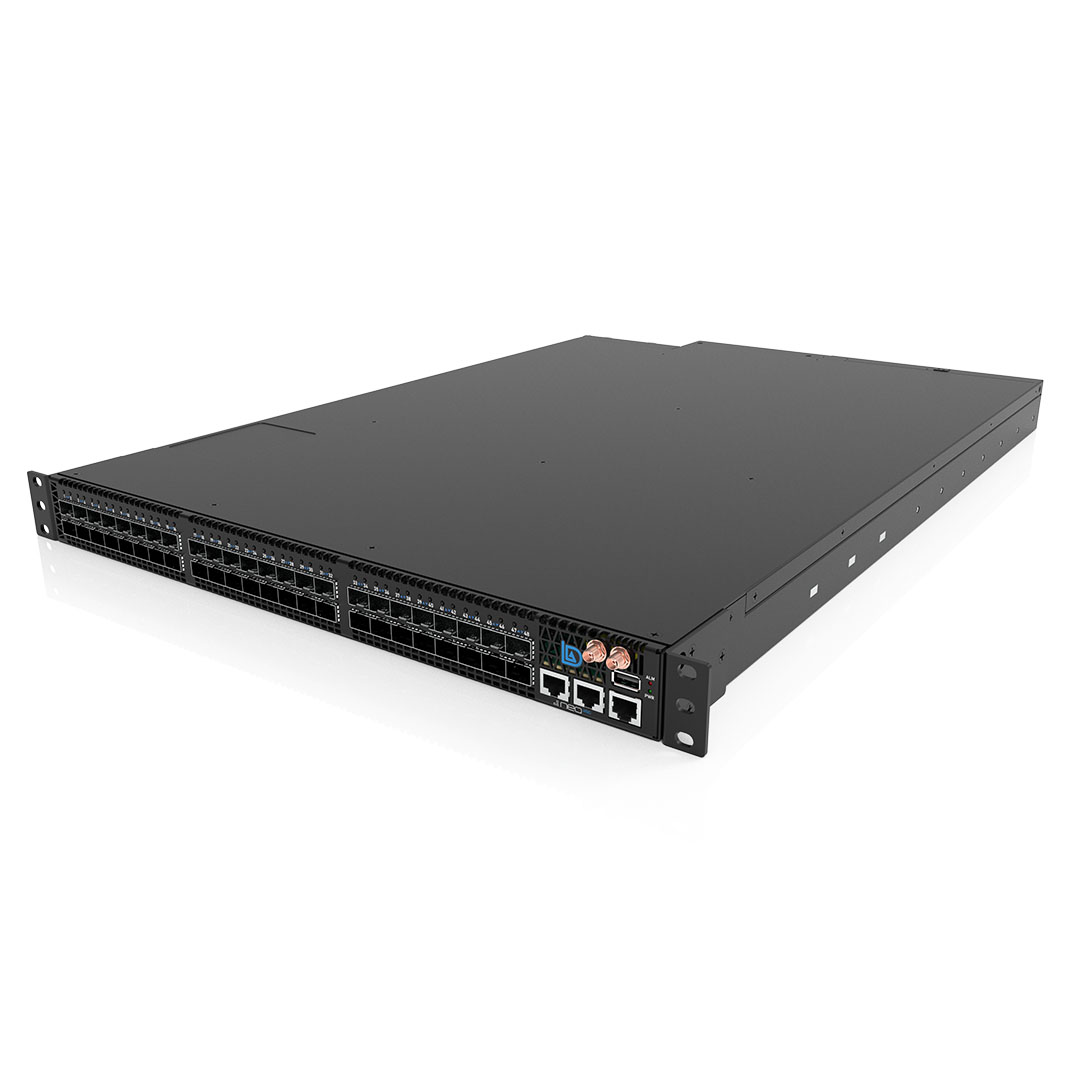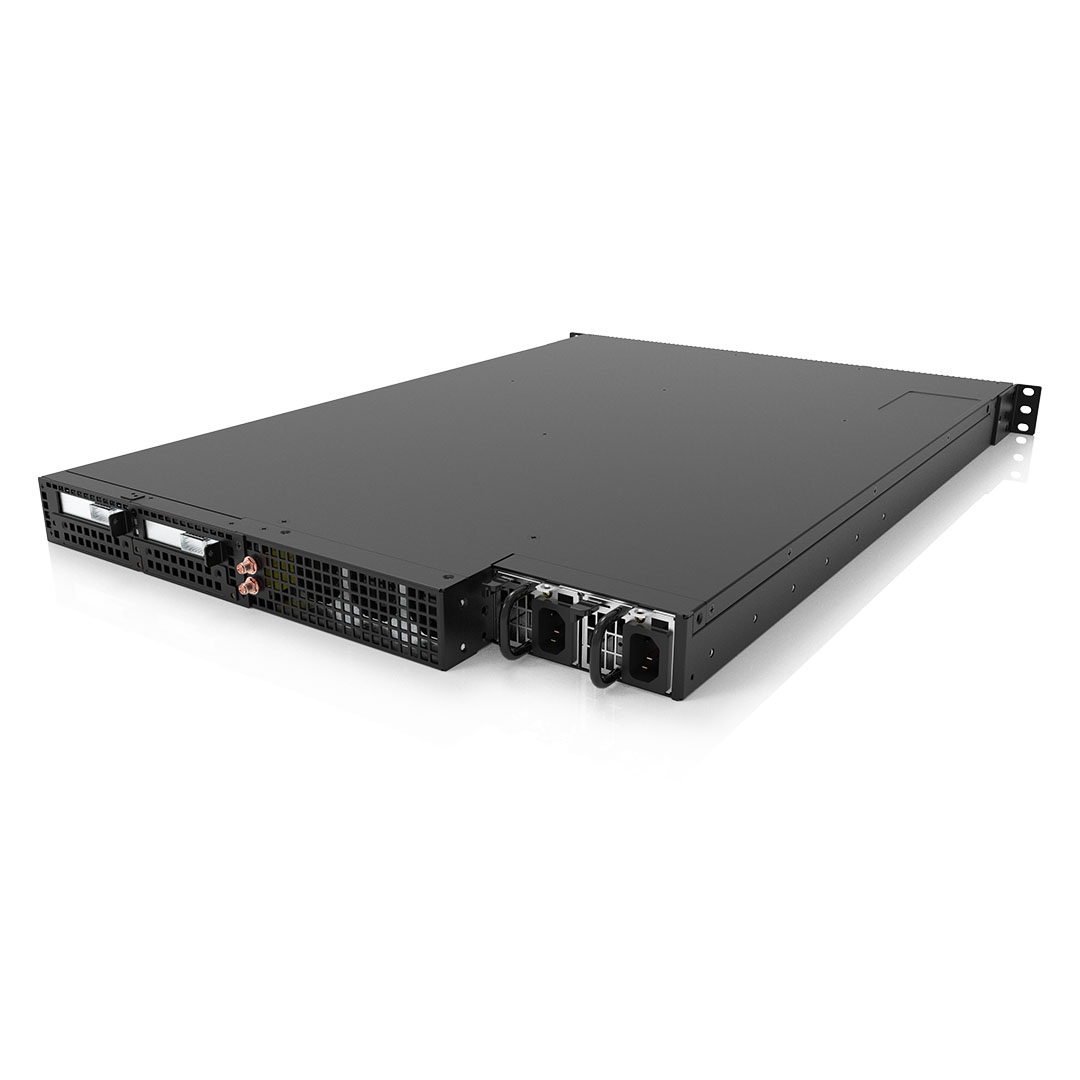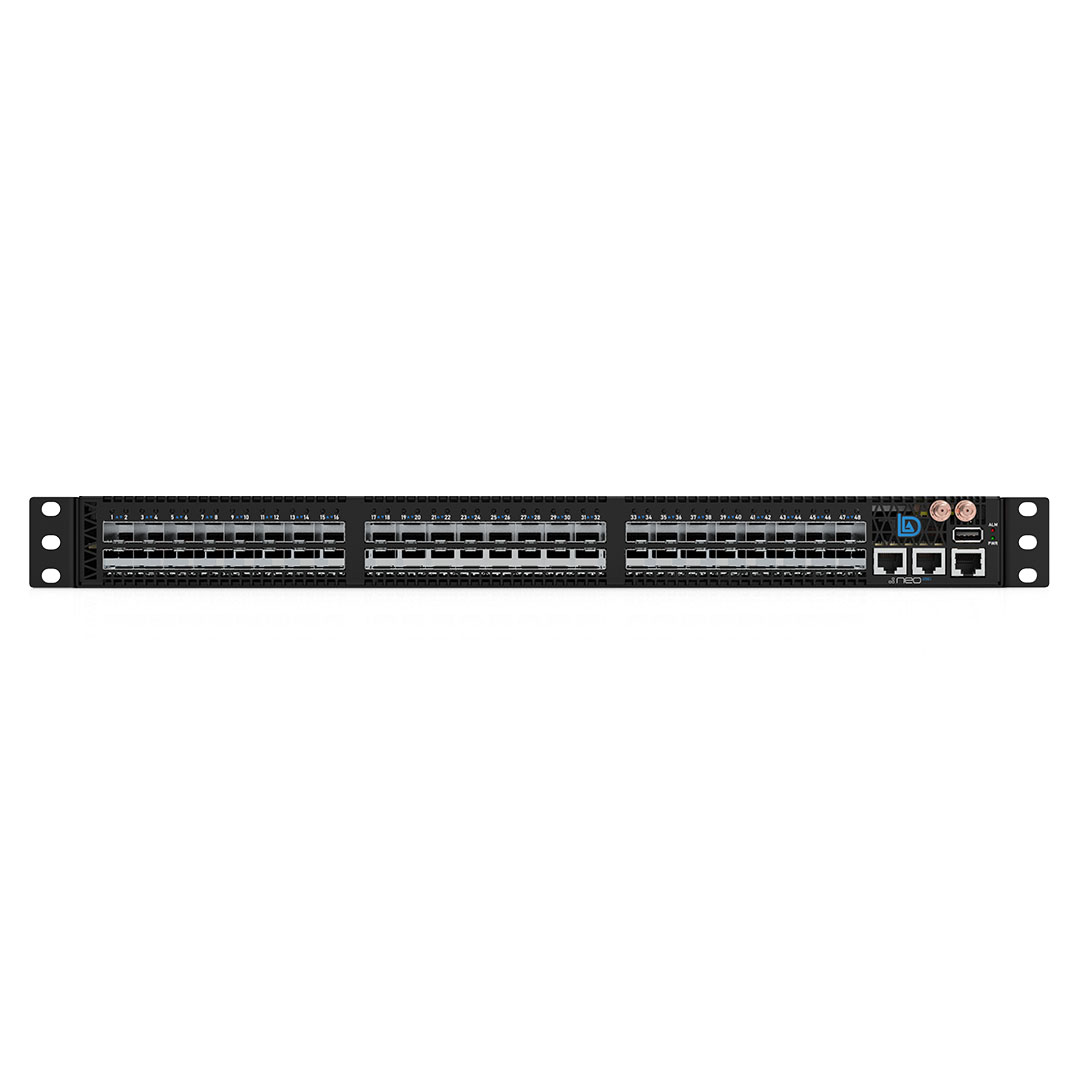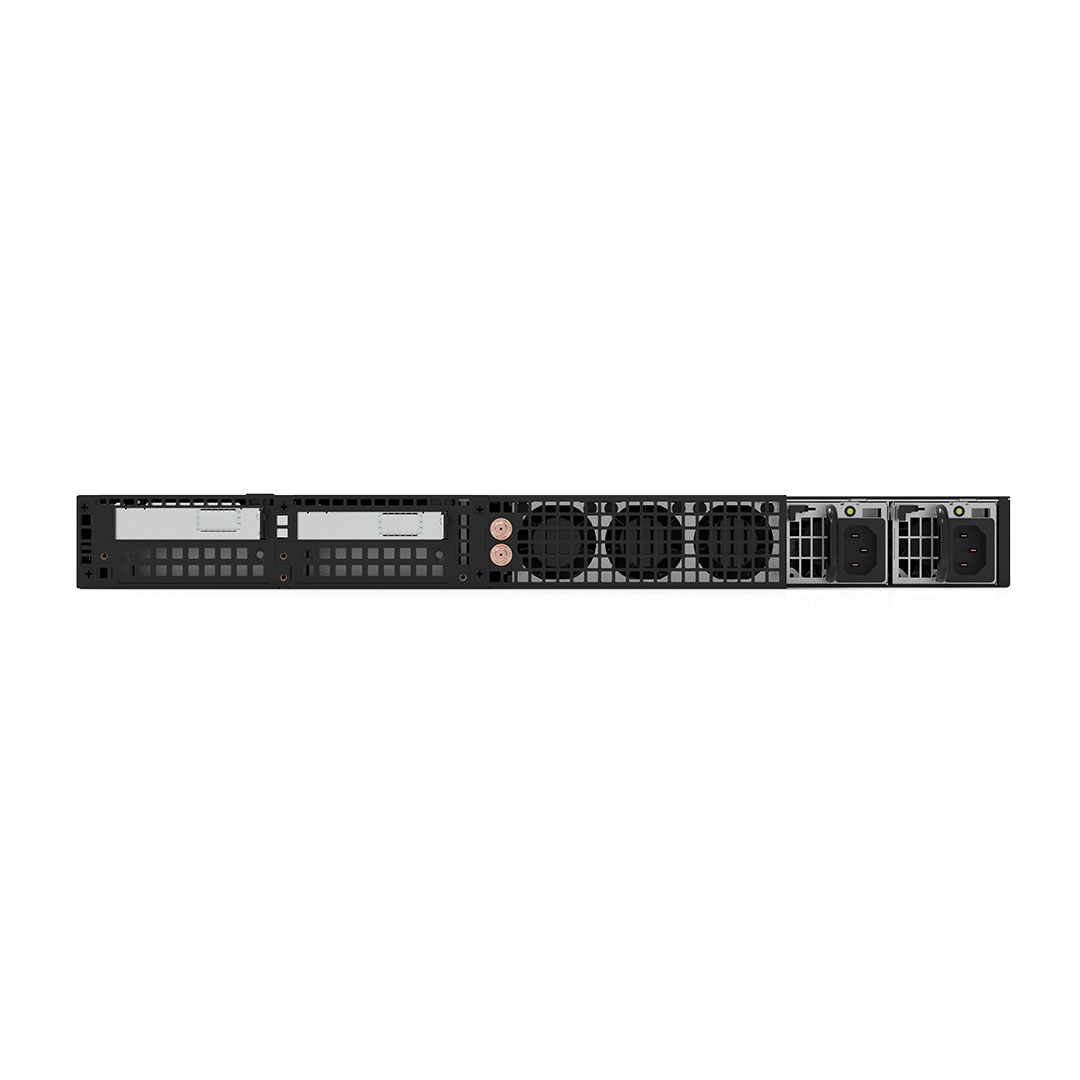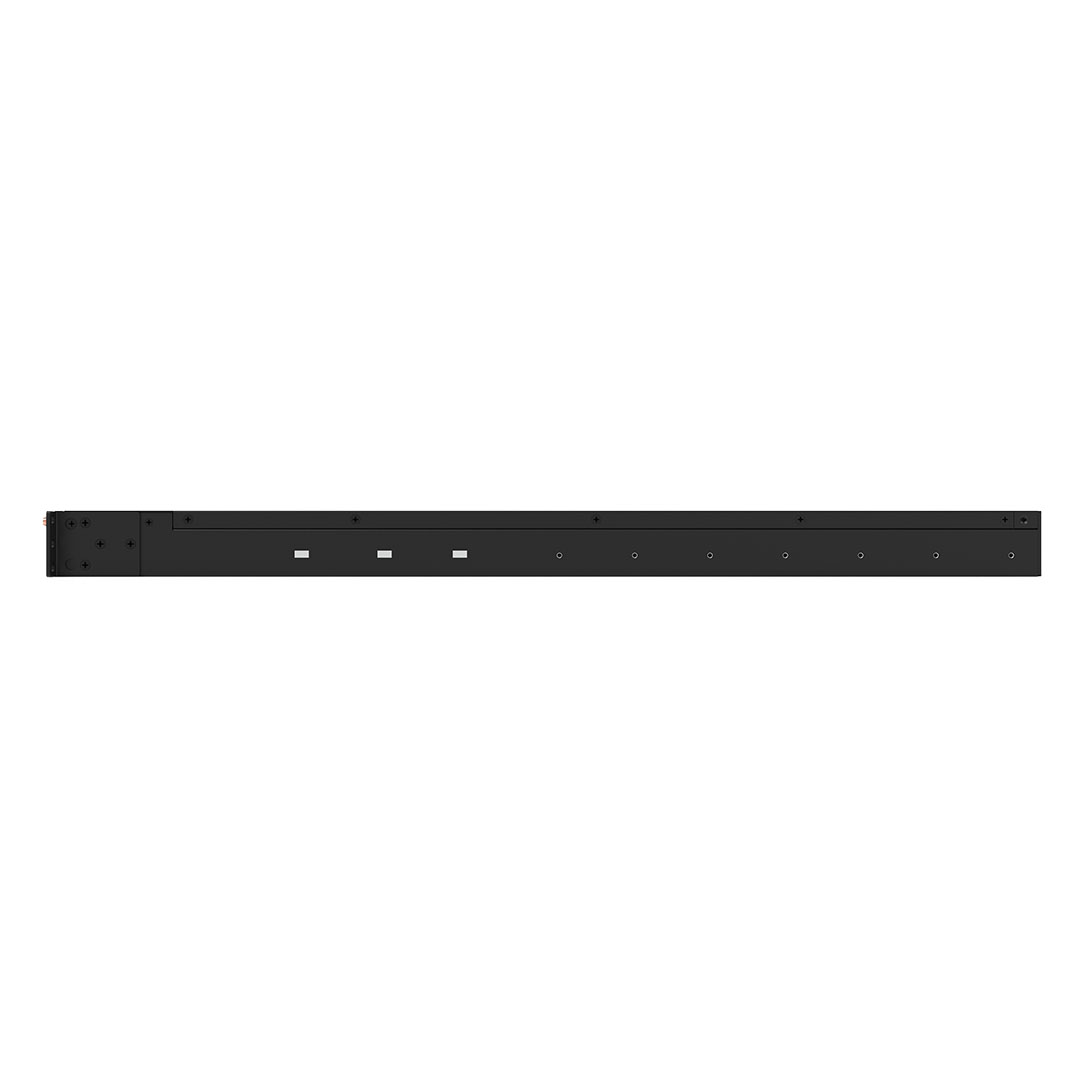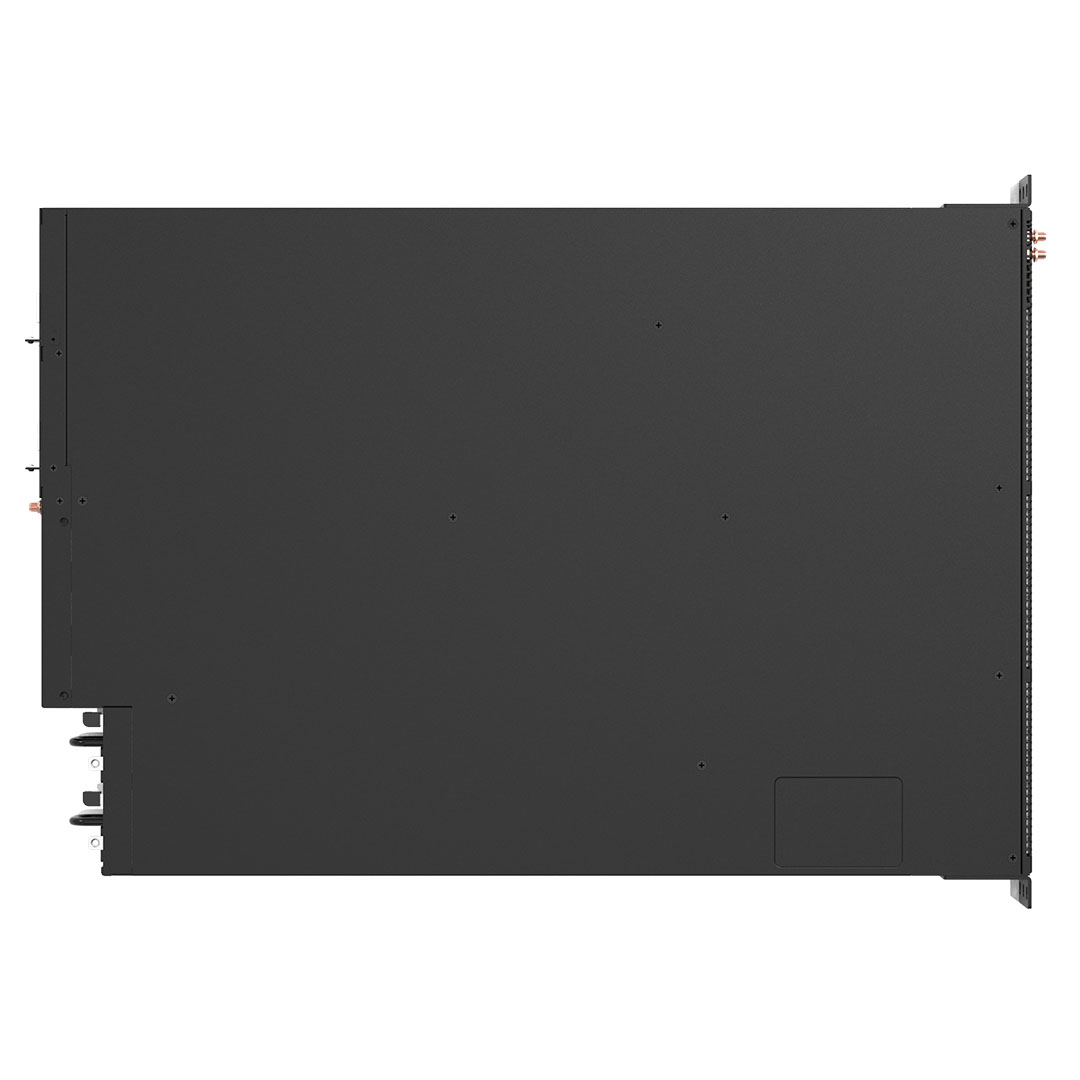Exchanges will be implementing 25G in the near future: be ready for the next step in the evolution of trading with the significantly upgraded NeoV2 featuring fully configurable 25G Layer 1 switching.
The Neo platform has featured 25G capability since its release, with the exception of the Layer 1 mesh. While the signal quality was acceptable for most tasks, substantial modifications have been implemented in the NeoV2's design to improve overall signal quality and handling for 25G/100G to deliver a significant upgrade to LDA's flagship ultra-low latency platform.
The NeoV2 is fully backwards compatible with the previous platform, allowing for a seamless transition during the upgrade process.
The most powerful and versatile among all LDA and non-LDA devices available on the market today, the Neo platform enables the creation of the most advanced FPGA networking solutions.
Features
Layer 1
Neo offers ultra-low latency (1.8 ns) Layer 1 replication between front panel ports, simultaneously delivering data to the FPGA board. Layer 1 fabric is provided as an optional add-on card. You can choose not to populate it if replication is considered to be a security threat in your environment.
For co-locations that do not plan on deploying 25G in the near future, the NeoV2 can also be ordered with a 10G Layer 1 board, giving you a more cost effictive option.
Hardware Configuration Options
The Neo uses a standard Mini ITX motherboard allowing unlimited configuration options, supporting a variety of server-grade processors such as AMD EPYC or Intel XEON 2nd Gen, up to 512 GB DDR4 ECC memory and 4 NVME PCIe X4 drives that are upgradable at any time.
Expansion Slot
An extra PCIe slot is available for a standard network adapter, storage accelerator, or an additional FPGA board. Having a dedicated smart NIC along with the FPGA allows to significantly reduce FPGA resources used for network acceleration and processing. This results in freeing up the FPGA for more focused complex computational tasks such as network security, real-time DDoS attack detection, database acceleration, etc.
Latency Equalization
One of the unique features of the Neo platform is the option of intra-device per-port latency equalization. In situations where the device serves multiple users (multi-tenant environments), giving each user the same access to the switching fabric and FPGA is very important for fair and controlled operation. NEO guarantees physical latency equalization with < 150 ps variance between all 48 front panel ports.
Configuration
| Neo | NeoV2 | |||
|---|---|---|---|---|
| CPU | Xeon Gold 2nd Gen | AMD EPYC | Xeon Gold 2nd Gen | AMD EPYC |
| RAM | Up to 128 GB DDR4 | Up to 512 GB DDR4 | Up to 128 GB DDR4 | Up to 512 GB DDR4 |
| Storage | Up to 4 NVME SSD | Up to 4 NVME SSD | Up to 4 NVME SSD | Up to 4 NVME SSD |
| Ethernet ports for management | 2x 1G ports | 2x 10G ports | 2x 1G ports | 2x 10G ports |
| PCIe slots for low-profile add-on cards | 1x PCIe x8 | 2x PCIe x16 | 1x PCIe x8 | 2x PCIe x16 |
| Layer 1 mesh board | 10G | 10G | 25G (10G available) | 25G (10G available) |
All Neo products feature:
- 48x 25 GbE ports with 1.8 ns Layer 1 fabric
- Two FPGA Board option with LDA FPGA boards
- Optional equalized latency across all 48 ports with < 150 ps variance
- Support for any PCIe form factor FPGA board, including the latest, most powerful FPGA boards from LDA, Bittware, Xilinx, Intel, Achronix, Alpha Data, and many others
As with all LDA devices, the NEO is powered by LDA's proprietary DSDA™ (Direct SerDes Access) technology.

